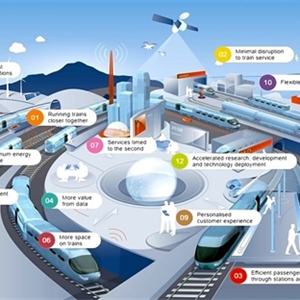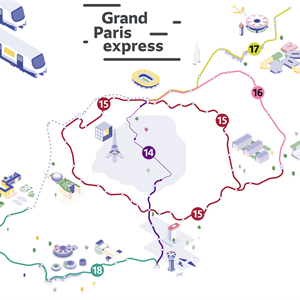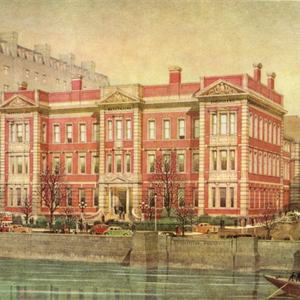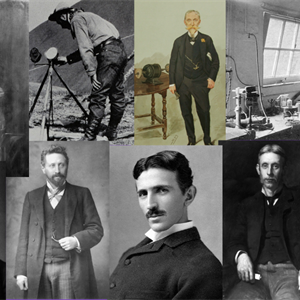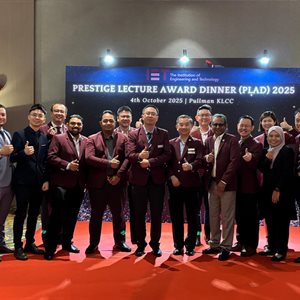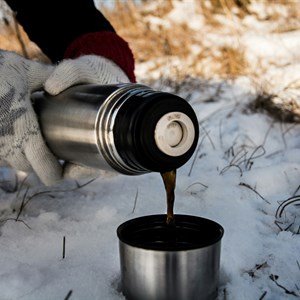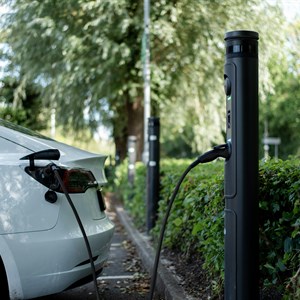Thriving in engineering with ADHD: practical tips
ADHD can bring both challenges and amazing strengths, especially in a field as creative and fast-moving as engineering. Engineer Mikaela shares her personal strategies for harnessing ADHD and using it as an advantage. Here you’ll find her top tips for boosting focus, managing your time and wellbeing, and making the most of the unique traits that ADHD brings. Everyone’s different, and this is one engineer’s story about finding strategies that help them thrive. Whether you’re studying, starting your career, or a seasoned engineer discovering more about yourself, with a little experimentation and the right support you can start engineering your way. Make ADHD work for you ADHD can be a real asset in engineering. Quick thinking, creativity, and adaptability often come naturally, especially…


